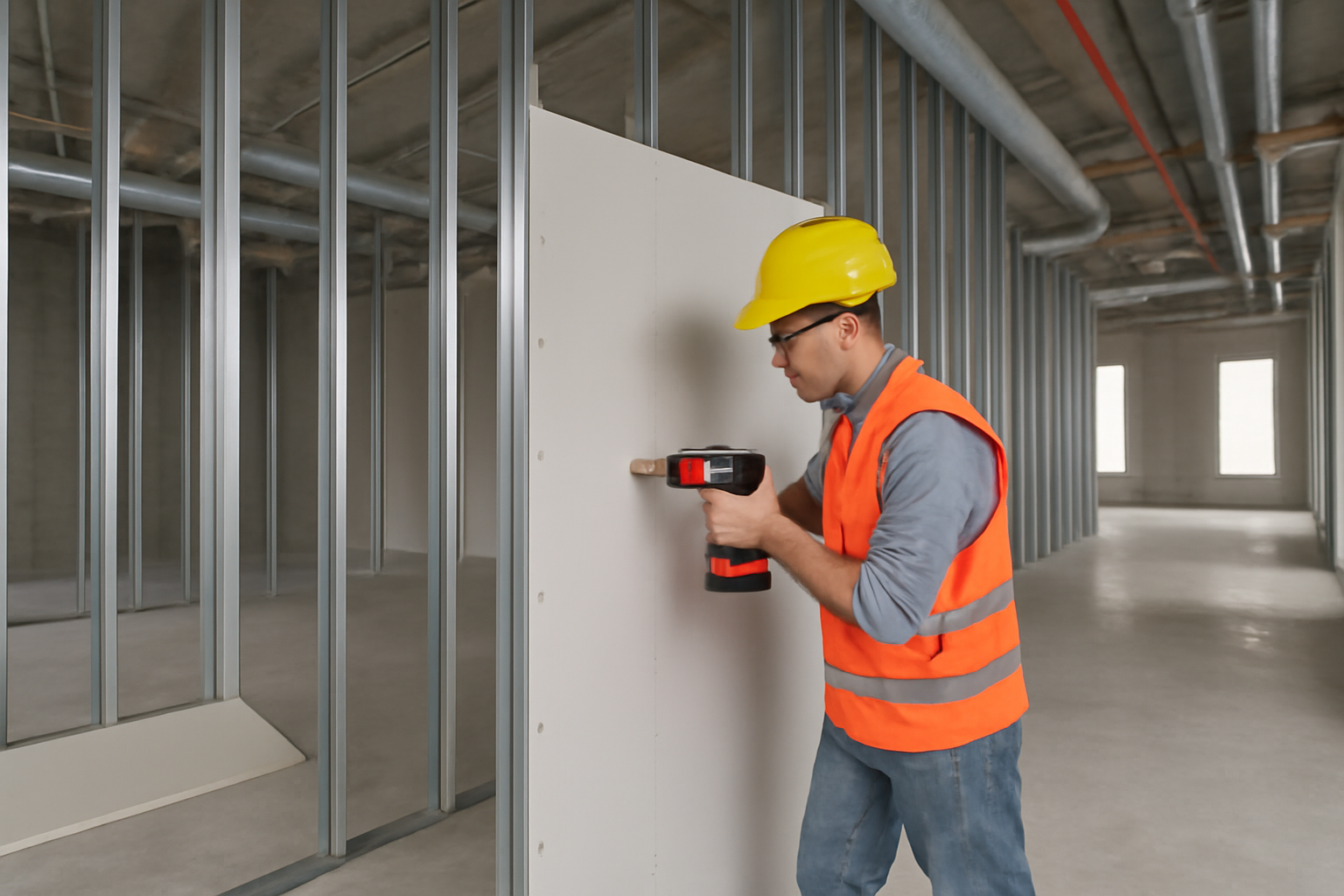
In the fast-paced world of commercial construction, drywall estimators are often under intense pressure to deliver accurate budgets quickly. While precision is paramount, there are scenarios where using a rule of thumb is not only practical but strategically sound. For seasoned estimators, these general guidelines can provide a reliable starting point. However, knowing when to rely on them—and when to abandon them—is essential to avoid costly misjudgments.
Rules of thumb in drywall estimating serve as rapid reference points derived from historical data, field experience, or standardized productivity rates. These shortcuts are not meant to replace detailed takeoffs, but rather to guide initial conceptual estimates or support cross-checks during time-sensitive bid preparations.
Rule of thumb estimates are most effective in early design stages or in repetitive environments where variables are minimal. Here’s where they shine:
Although useful, rules of thumb can backfire if they’re applied too broadly or without accounting for project-specific variables. Drywall systems differ dramatically depending on fire ratings, acoustical requirements, and MEP integrations. Blindly applying unit rates can skew budgets and diminish estimator credibility.
Knowing when to pivot from a rule of thumb to a detailed takeoff is a critical skill. Consider transitioning when:
Modern tools now allow estimators to elevate rule-of-thumb thinking into data-driven projections. By leveraging historical benchmarks, model-derived quantities, and integrated feedback loops, rules of thumb become intelligent starting points rather than static assumptions. Platforms like Active Estimating help teams validate assumptions in real time and adjust for regional or project-specific variables.
Here are a few common rule-of-thumb metrics frequently used in the field:
Rules of thumb are tools—not templates. They can fast-track your early estimating process but should always be validated against real-world production data, job-specific conditions, and the ever-evolving design. Used properly, they empower estimators to move swiftly without compromising long-term accuracy.
Contact Information:
Active Estimating
508 2nd Street, Suite 208
Davis, California 95616
Rich Schoener
richard@activeestimating.com
(877)
Schedule a personalized demo to see how Active Estimating can work for your specific needs.
